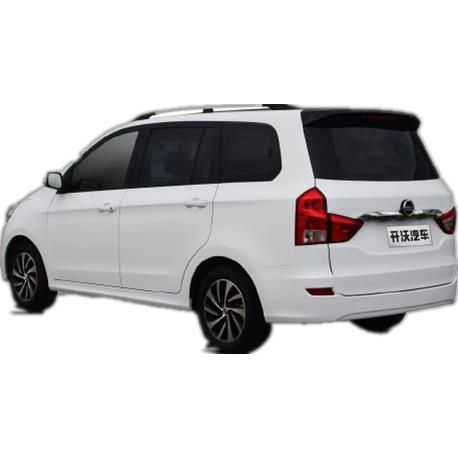
 English
English  Español
Español Português
Português Français
Français 日本語
日本語 Deutsch
Deutsch tiếng Việt
tiếng Việt Italiano
Italiano Nederlands
Nederlands ภาษาไทย
ภาษาไทย Polski
Polski 한국어
한국어 Svenska
Svenska magyar
magyar Malay
Malay বাংলা ভাষার
বাংলা ভাষার Dansk
Dansk Suomi
Suomi हिन्दी
हिन्दी Pilipino
Pilipino Türkçe
Türkçe Gaeilge
Gaeilge العربية
العربية Indonesia
Indonesia Norsk
Norsk تمل
تمل český
český ελληνικά
ελληνικά український
український Javanese
Javanese فارسی
فارسی தமிழ்
தமிழ் తెలుగు
తెలుగు नेपाली
नेपाली Burmese
Burmese български
български ລາວ
ລາວ Latine
Latine Қазақша
Қазақша Euskal
Euskal Azərbaycan
Azərbaycan Slovenský jazyk
Slovenský jazyk Македонски
Македонски Lietuvos
Lietuvos Eesti Keel
Eesti Keel Română
Română Slovenski
Slovenski मराठी
मराठी Srpski језик
Srpski језик lugha ya Kiswahili
lugha ya Kiswahili
What are the characteristics of Passenger Cars?
2024-10-22
Firstly, passenger cars are designed to transport people rather than goods. They are typically smaller in size when compared to commercial vehicles and have a seating capacity of up to five people. Passenger cars are usually equipped with basic amenities, such as air conditioning, power windows, and entertainment systems, to provide comfort to the passengers during transit.
Secondly, passenger cars are available in various models, including sedans, SUVs, and hatchbacks. Sedans have a fixed roof and two rows of seats, while SUVs have a higher ground clearance and more cargo space. Hatchbacks, on the other hand, have a rear door that opens upwards and provide easy access to the cargo area.
Thirdly, passenger cars are powered by either gasoline or diesel engines. With the rise of electric vehicles, some passenger cars also use electric motors. These cars are designed to be fuel-efficient and have a range of safety features, such as anti-lock braking systems and airbags.
Fourthly, passenger cars are designed for use on paved roads and are not suitable for off-road driving. They have a low ground clearance and are not equipped with features, such as four-wheel drive or high-performance suspension systems.





